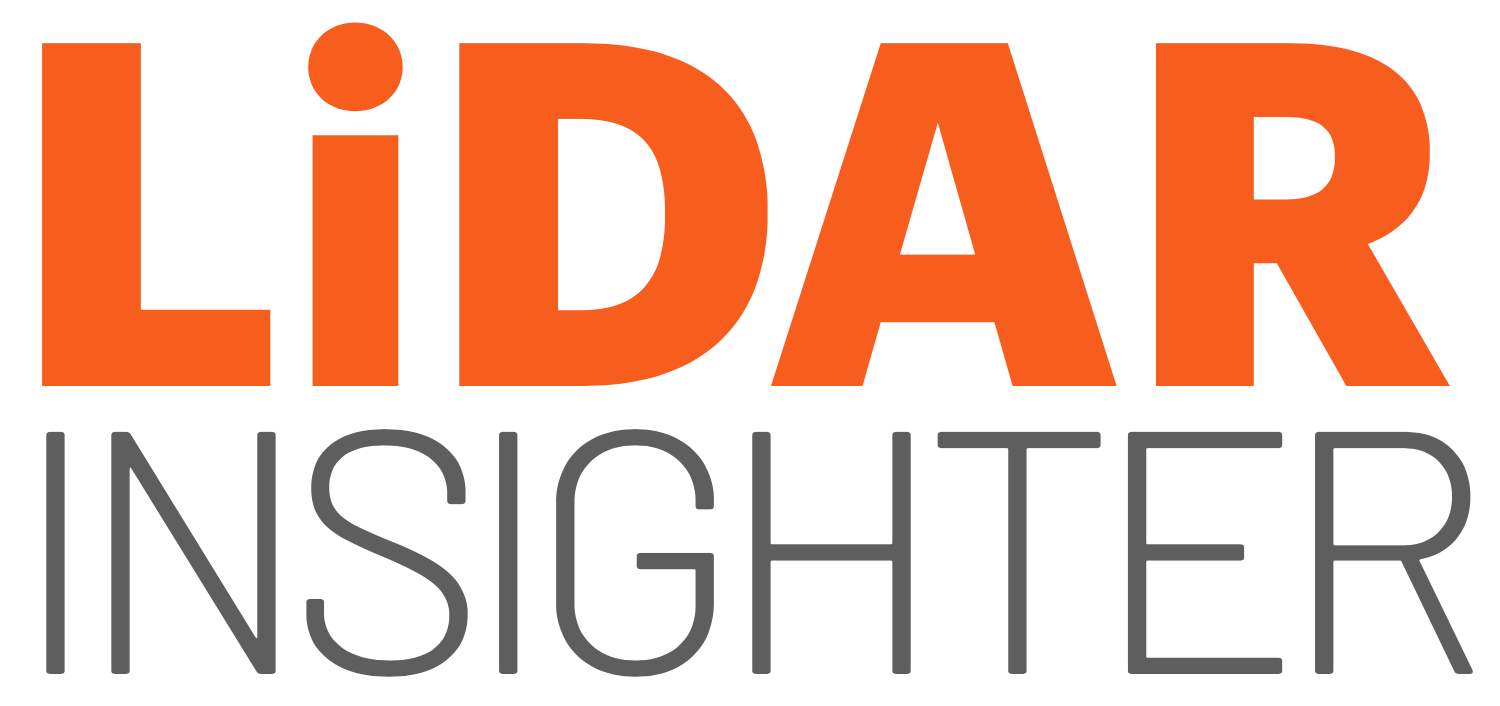
Building Information Modeling (BIM) and Lidar: Revolutionizing Structural Lifecycle Management
Discover how Building Information Modeling (BIM) and Lidar technology are transforming the management of large structures, enabling accurate and efficient documentation of changes throughout their lifecycle.
Building Information Modeling (BIM) and Lidar technology are driving significant advancements in the management of large structures, revolutionizing the way we document and track changes over their lifespan. BIM involves the creation and management of digital models that capture every aspect of a structure, from design to construction and ongoing maintenance. Lidar, on the other hand, has emerged as a powerful tool for capturing accurate and detailed geometric data of structures.
In the past, documenting changes in a structure's geometry was a challenging and time-consuming task. However, with the integration of Lidar technology into BIM workflows, capturing and documenting changes has become more efficient and accurate. Lidar involves the use of laser scanning technology to capture three-dimensional data, allowing for precise measurements and visualization. By merging multiple Lidar scans, known as lidar depth maps, BIM professionals can build comprehensive digital models that reflect the most up-to-date geometry of a structure.
The combination of BIM and Lidar has proven invaluable in a wide range of applications. For example, in the construction industry, BIM enables efficient collaboration between architects, engineers, and contractors, reducing errors and streamlining the construction processes. Lidar technology complements this by providing real-time data on the progress of construction, enabling better project management and decision-making.
The mapping and documentation capabilities of BIM and Lidar have also found practical use in infrastructure management. By regularly scanning and updating digital models of bridges, roads, and other public structures, maintenance teams can proactively identify and address potential issues, ensuring the safety and longevity of these assets.
Moreover, BIM and Lidar technology hold great potential for research and development purposes. The detailed geometric data captured by Lidar scans can be used to analyze structural behavior, inspect for defects or damage, and even simulate different environmental conditions. This information can contribute to the development of more robust and sustainable structures.
In conclusion, the integration of BIM and Lidar technology is transforming the way we manage large structures. The accurate and comprehensive digital models generated through this approach enable more efficient collaboration, streamline construction processes, improve infrastructure management, and drive advancements in research and development. As these technologies continue to evolve, we can expect even greater innovation and opportunities in structural lifecycle management.
LiDAR INSIGHTER Newsletter
Join the newsletter to receive the latest updates in your inbox.





